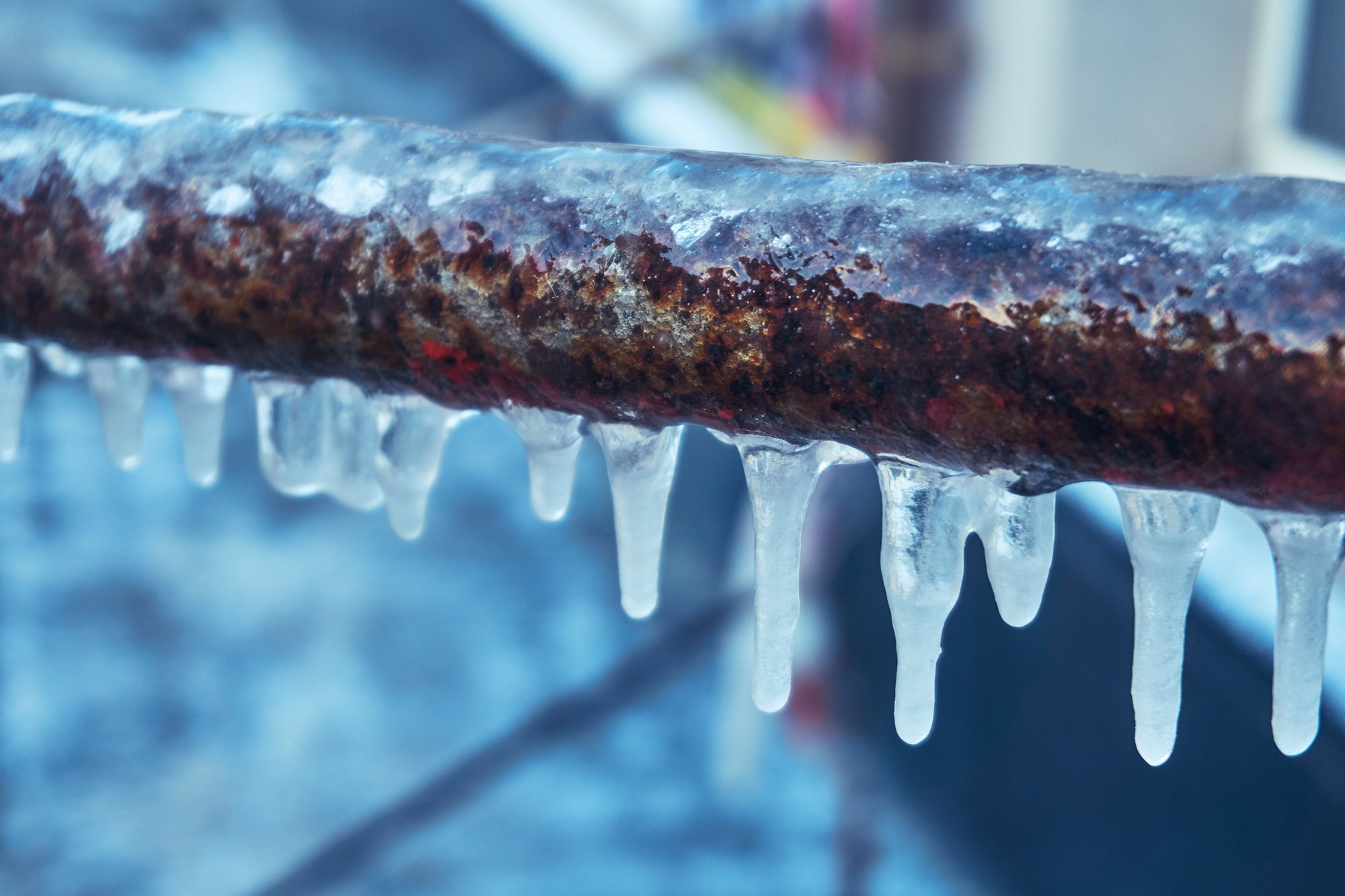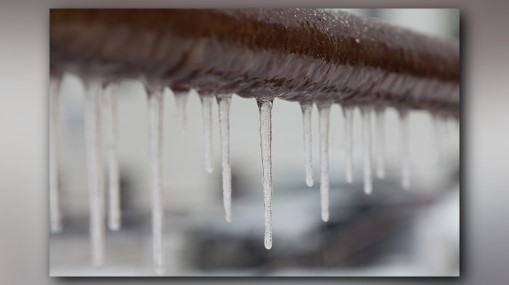They are making a number of great points related to Winter Plumbing Precautions: Preventing Frozen Pipes overall in this article beneath.

Cold weather can ruin your plumbing, especially by freezing pipes. Here's exactly how to stop it from occurring and what to do if it does.
Introduction
As temperatures decline, the risk of icy pipes rises, possibly causing pricey repair services and water damage. Comprehending just how to prevent frozen pipes is vital for homeowners in cold climates.
Comprehending Frozen Pipes
What triggers pipes to freeze?
Pipes freeze when exposed to temperatures below 32 ° F (0 ° C) for extended periods. As water inside the pipes ices up, it increases, taxing the pipe walls and potentially creating them to break.
Dangers and damages
Icy pipelines can cause water system disruptions, residential property damage, and expensive fixings. Burst pipes can flooding homes and cause extensive structural damage.
Indications of Frozen Water Lines
Identifying frozen pipelines early can stop them from breaking.
Exactly how to identify icy pipes
Look for reduced water circulation from faucets, unusual smells or sounds from pipelines, and noticeable frost on exposed pipelines.
Prevention Tips
Shielding prone pipelines
Cover pipelines in insulation sleeves or use heat tape to secure them from freezing temperature levels. Concentrate on pipes in unheated or external locations of the home.
Heating techniques
Keep interior spaces properly heated, particularly locations with plumbing. Open up cupboard doors to permit warm air to distribute around pipes under sinks.
Protecting Outdoor Pipes
Yard hoses and outdoor faucets
Detach and drain pipes yard pipes prior to winter. Install frost-proof faucets or cover outdoor faucets with insulated caps.
What to Do If Your Pipelines Freeze
Immediate activities to take
If you believe icy pipelines, maintain taps open up to relieve pressure as the ice melts. Utilize a hairdryer or towels soaked in warm water to thaw pipes slowly.
Long-Term Solutions
Structural modifications
Consider rerouting pipelines away from outside wall surfaces or unheated areas. Add additional insulation to attics, cellars, and crawl spaces.
Updating insulation
Invest in top notch insulation for pipes, attic rooms, and wall surfaces. Appropriate insulation assists maintain consistent temperature levels and lowers the risk of icy pipes.
Conclusion
Preventing icy pipelines requires proactive steps and fast responses. By recognizing the reasons, signs, and safety nets, property owners can secure their plumbing throughout winter.
5 Ways to Prevent Frozen Pipes
Drain Outdoor Faucets and Disconnect Hoses
First, close the shut-off valve that controls the flow of water in the pipe to your outdoor faucet. Then, head outside to disconnect and drain your hose and open the outdoor faucet to allow the water to completely drain out of the line. Turn off the faucet when done. Finally, head back to the shut-off valve and drain the remaining water inside the pipe into a bucket or container. Additionally, if you have a home irrigation system, you should consider hiring an expert to clear the system of water each year.
Insulate Pipes
One of the best and most cost-effective methods for preventing frozen water pipes is to wrap your pipes with insulation. This is especially important for areas in your home that aren’t exposed to heat, such as an attic. We suggest using foam sleeves, which can typically be found at your local hardware store.
Keep Heat Running at 65
Your pipes are located inside your walls, and the temperature there is much colder than the rest of the house. To prevent your pipes from freezing, The Insurance Information Institute suggests that you keep your home heated to at least 65 degrees, even when traveling. You may want to invest in smart devices that can keep an eye on the temperature in your home while you’re away.
Leave Water Dripping
Moving water — even a small trickle — can prevent ice from forming inside your pipes. When freezing temps are imminent, start a drip of water from all faucets that serve exposed pipes. Leaving a few faucets running will also help relieve pressure inside the pipes and help prevent a rupture if the water inside freezes.
Open Cupboard Doors
Warm your kitchen and bathroom pipes by opening cupboards and vanities. You should also leave your interior doors ajar to help warm air circulate evenly throughout your home.

I'm very drawn to Winter Plumbing Precautions: Preventing Frozen Pipes and I'm hoping you enjoyed our piece. Sharing is good. Helping others is fun. We cherish your readership.
Schedule Service Pickup